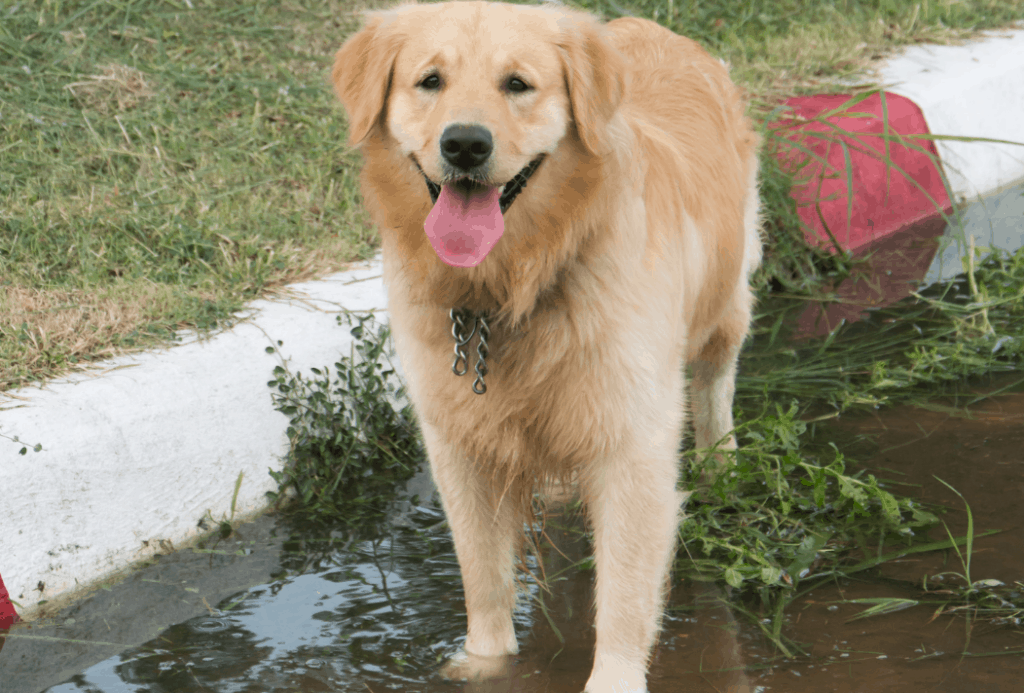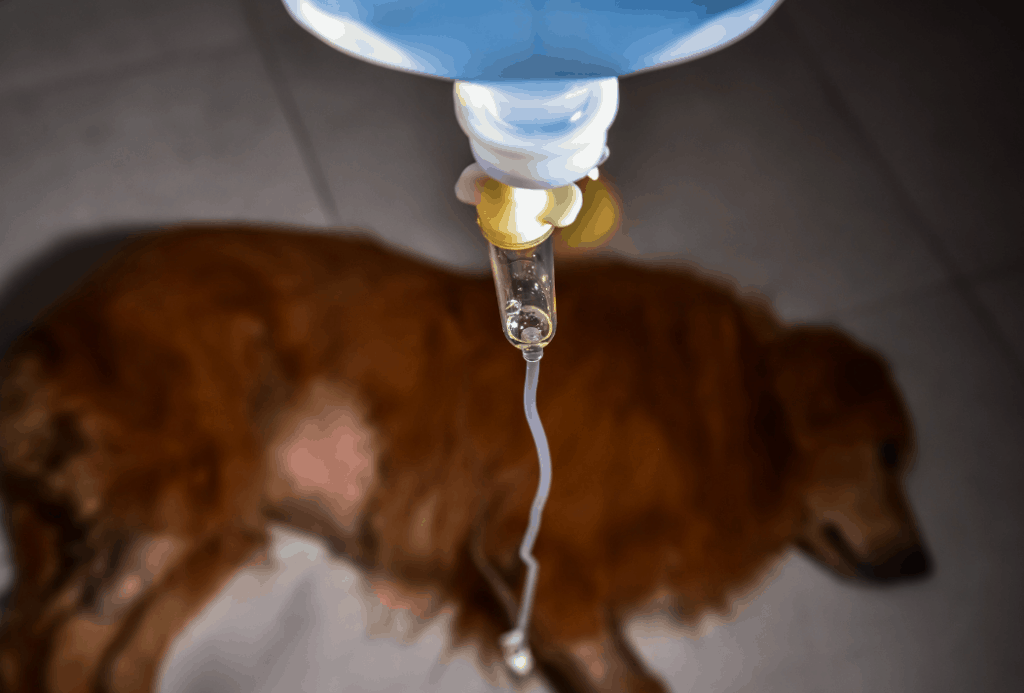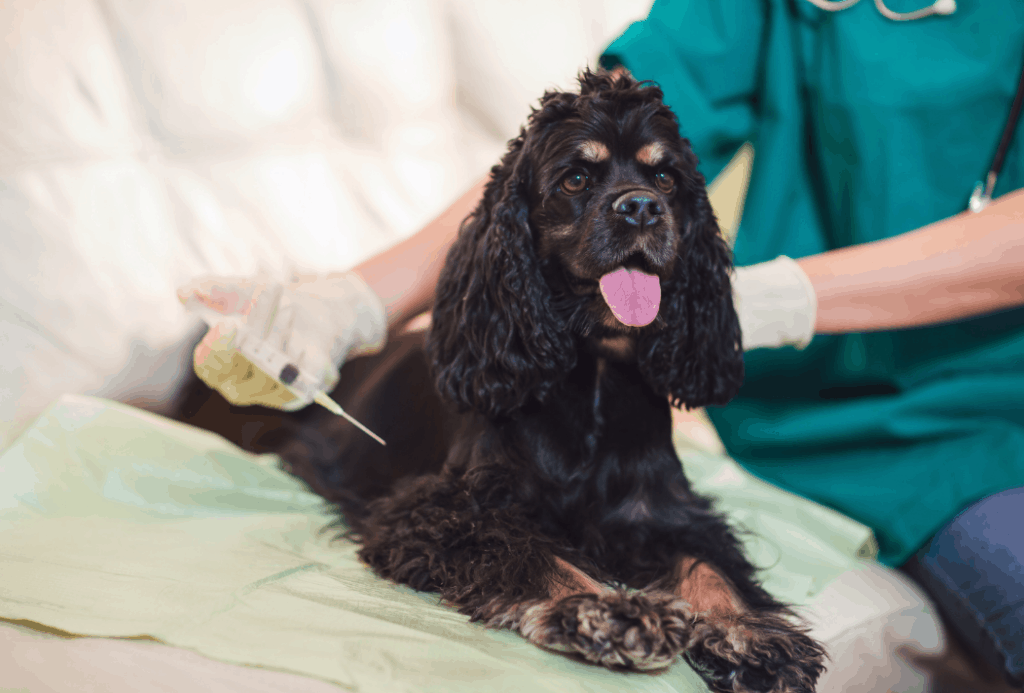Leptospirosis in Dogs: What It Is and How to Prevent It
What is leptospirosis?
Leptospirosis in dogs is a bacterial disease that is caused by one of several strains of bacteria classified as Leptospira. It can affect dogs, cats, and other mammals. It also poses a health risk to people. In severe cases, an infection with Leptospira can cause kidney failure, liver failure, and death.
How is leptospirosis acquired?
Infected animals can shed the bacteria through most bodily fluids but urine is the most common method, and urine can contaminate areas where there is plenty of water.
Leptospirosis cases are mostly seen in rural areas, but more cases are being reported in regions with lots of rainy weather and rising river levels. Garbage can also be a source of contact because rats and other rodents will urinate and defecate while rummaging through trash. Your dog can become infected if he eats garbage or if he drinks or swims in contaminated water, and the bacteria can also enter the body through skin wounds. It can take four to twelve days before a dog will show signs of illness.

What are the symptoms of leptospirosis?
Because leptospirosis is a bacterial infection, dogs might show signs like with other infections. Fever, lethargy, decreased appetite, and weight loss are some of the most common signs.
In mild cases, dogs can recover spontaneously or not show any signs at all.
In other cases, the disease can progress and cause bleeding problems like coughing up blood, nosebleeds, pinpoint blood spots on the gums and skin (aka petechiae), and bloody diarrhea. Click on the link for more information about Diarrhea in Dogs.
Complications of leptospirosis
Leptospirosis can cause liver disease
Clinical signs start out like those mentioned above but then jaundice or icterus occur. This means that the dog’s skin and the whites of his eyes will have a yellow color. Damage to the liver can have long term effects and cause chronic liver disease. For more information on liver disease, please check out our article on Liver Disease in Dogs.
Leptospirosis can cause kidney disease
Kidney disease can occur with or without liver disease. When leptospirosis causes kidney disease, your dog might show signs like increased thirst and frequent urination. They can have bad breath due to toxins building up in their blood, develop ulcers on their tongue, and they can experience frequent vomiting. Our article on Vomiting in Dogs has more details about what to do when this happens.

How is it leptospirosis diagnosed?
Since leptospirosis has clinical signs like other illnesses, your veterinarian will recommend additional testing.
Blood work
Blood work can sometimes show abnormalities like increased white blood cells, indicating infection or inflammation, and increased liver and kidney enzymes. There are few diseases that will cause a rise in both liver and kidney enzymes, so if your veterinarian finds this on your dog’s blood work, then the index of suspicion for leptospirosis is very high.
Urine Testing
Urine testing is also recommended in order to evaluate the kidneys and look for further signs of infection.
Specialized testing can be helpful in confirming the diagnosis
- PCR testing of a dog’s blood and urine can look for the presence of Leptospira DNA.
- Another test called the microscopic agglutination test, or MAT, looks for antibodies against Leptospira bacteria.
Both tests have their pros and cons. For example, the DNA test might not yield accurate results if your dog has already started taking antibiotics, and the MAT test results can be affected by prior vaccination against Leptospira.
How is leptospirosis treated?
Treatment is most effective when it is instituted quickly, so make sure to contact your veterinarian right away if your dog is lethargic and not eating. Even with early, aggressive therapy, there is still a chance that your dog may have chronic liver or kidney disease.
Antibiotics
Antibiotics like penicillin or ampicillin are started for the first few days in order to decrease the number of Leptospira bacteria present in the body. After that, an antibiotic called doxycycline is recommended for the following few weeks in order to prevent your dog from being a carrier of the bacteria.
Hospital care & fluids
Because of the severity of clinical signs, hospital care is often recommended. Intravenous fluid therapy will help to correct dehydration and support the internal organs, especially the liver and the kidneys. Anti-nausea medication may be necessary, and since leptospirosis is highly contagious, your dog will need to be hospitalized away from other patients.
How to prevent your dog from getting leptospirosis?
Be aware that both indoor and outdoor dogs can contract leptospirosis
Previously, it was assumed that indoor-only dogs could not become infected with leptospirosis because they were kept away from outdoor water sources, rainy areas, etc. However, there have been documented cases of leptospirosis in small breed dogs living in apartment buildings in New York City. Their exposure to the bacteria has been linked to rodents making their way into the apartments via pipes.
Vaccination is the most effective way to prevent leptospirosis
The most common vaccine protects against four strains of Leptospira. If a dog receives the leptospirosis vaccine for the first time, then the vaccine should be repeated three weeks later. Subsequent administration provides protection for one year. If you live in a rural area, or if your dog loves to go swimming in lakes and rivers, then the leptospirosis vaccine is highly recommended. The vaccine can also provide herd immunity for people and other pets as there is no leptospirosis vaccine available for cats.

If your dog is infected, keep your other pets away from their urine
If your dog has been diagnosed with leptospirosis, then make sure to avoid contact with his urine. Household disinfectants and bleach are effective for cleaning up any accidents in the home, and always wash your hands after handling your dog or cleaning up accidents. You should also make sure that your dog avoids urinating in areas with standing water or areas where your other pets might go for walks.
Leptospirosis is a dangerous and life-threatening illness.
It is highly contagious to other animals and to people, making it a public health risk.
Quick and aggressive therapy is the best way to mitigate long term problems like chronic kidney and liver disease. Make sure to ask your veterinarian for more information on the leptospirosis vaccine to decide if it is right for your dog.
The post Leptospirosis in Dogs: What It Is and How to Prevent It appeared first on VetBabble.





Post a Comment